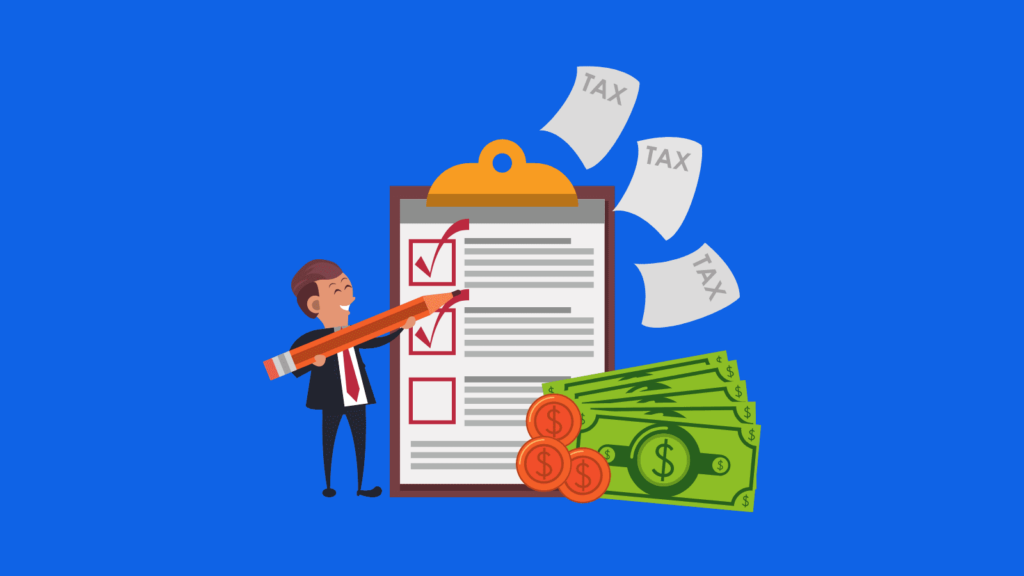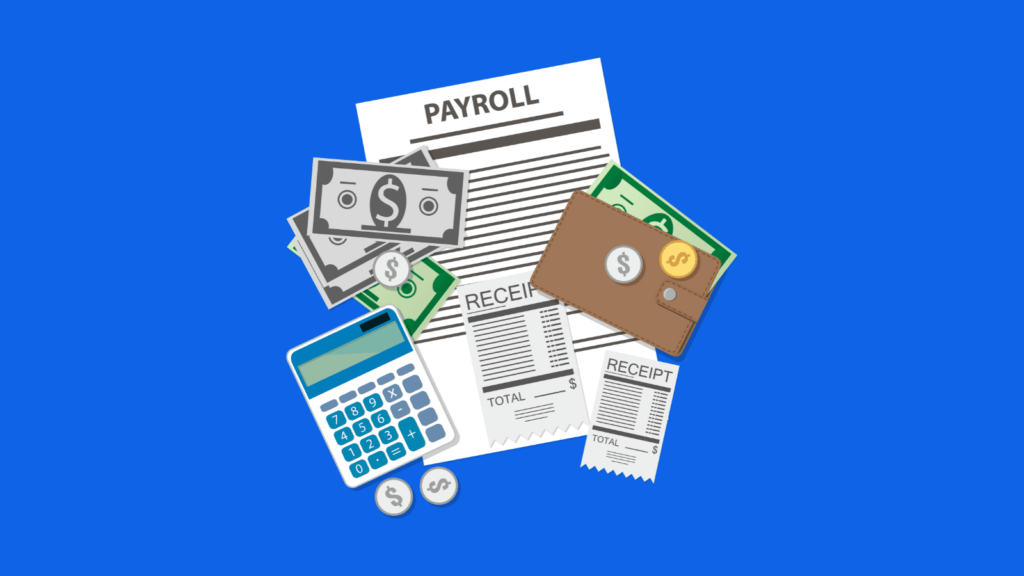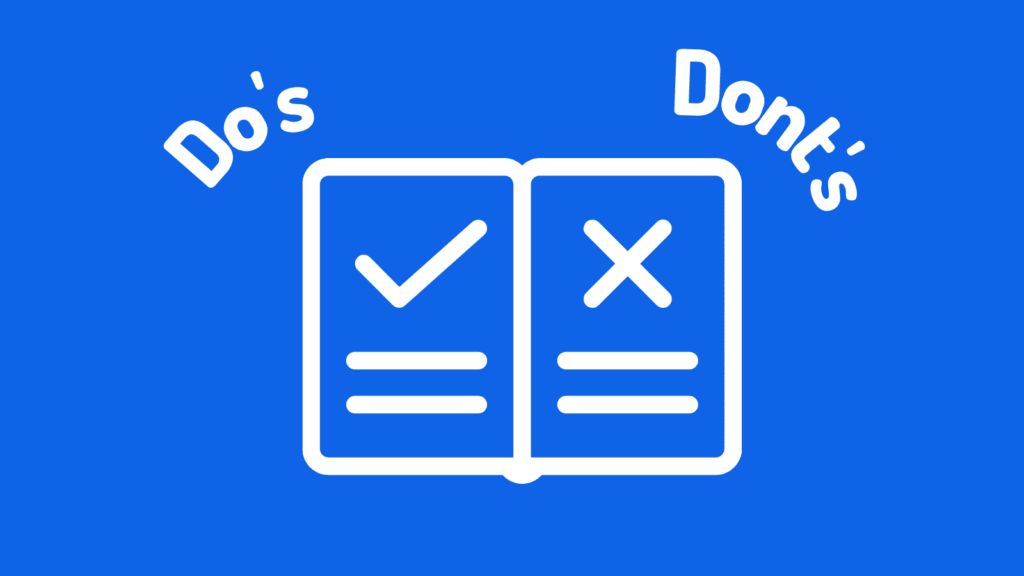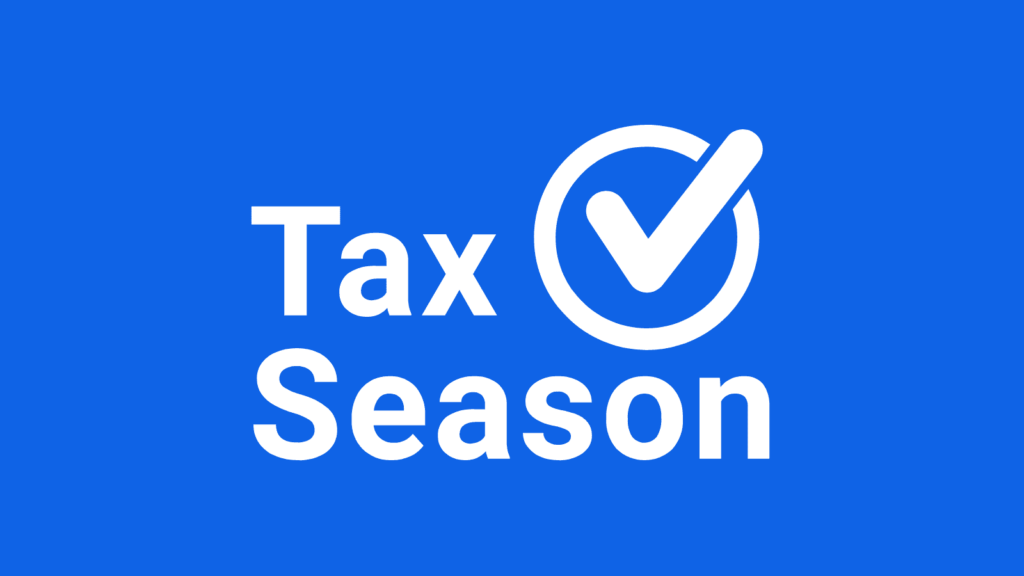2023 Tax Filing Deadlines: Avoid Penalties with Our Comprehensive Guide
December 6, 2022

peakreliance
Accounting, Bookkeeping, Taxes
Tax filing and extension deadlines for 2023 are quickly approaching and it is important to be aware of them in order to avoid costly penalties. Tax filing and extension dates vary from year to year, so it is important to stay up to date on the current deadlines. Knowing the dates and understanding the consequences of not meeting them is critical for anyone looking to avoid a costly penalty. This article will provide an overview of the 2023 tax filing and extension deadlines, as well as important information on how to submit an extension request and the consequences of not meeting the deadline. With this information, you can ensure that you are filing your taxes on time and avoiding any costly penalties.
Overview of 2023 Tax Filing and Extension Deadlines
The tax filing and extension deadlines for 2023 vary depending on the type of taxpayer you are and the type of tax return you are filing. The following table provides an overview of the tax filing and extension deadlines.
|
Tax Type |
Tax Filing Deadlines |
Extension Deadlines |
|
Individual Income Taxes |
April 15 |
October 15 |
|
Corporate Taxes |
April 15 |
September 15 |
|
Trust and Estate Taxes |
April 15 |
October 15 |
|
Self-Employment Taxes |
March 15 |
September 15 |
|
Other Taxes |
April 15 |
September 15 |
Submitting an Extension Request
If you are unable to meet the standard tax filing or extension deadline, you can submit an extension request form. Depending on the type of tax return you are filing, you may be able to file a paper extension request form, or you may be required to electronically file an extension request. Paper extension request forms are typically provided at the time an individual tax return is due. If you are required to electronically file an extension request, you will be provided with an official IRS form. You can find extension request instructions and forms on the IRS website. If you meet the criteria for an extension request, it is important to submit the form on time to avoid a penalty. Taxpayers who are granted an extension are required to pay any taxes they owe by April 15, the following year. If you are granted an extension and are unable to pay the taxes you owe by the April 15 deadline, you can avoid a penalty by entering into a payment plan with the IRS. If an extension request is accepted, the IRS will not charge interest on any taxes that are paid past the original deadline.
Penalties for Not Meeting the Deadlines
If you are unable to meet the standard tax filing or extension deadline, you will face a penalty. The severity of the penalty varies depending on the type of tax you are filing and the length of time you are unable to meet the deadline. For example, failing to file an individual tax return by the standard deadline will result in a failure-to-file penalty. The failure-to-file penalty is 5% for each month that the tax return is late. The maximum penalty for a failure-to-file tax return is 25% of the amount due on the return. If you fail to pay taxes that are owed by the standard deadline, you will be charged a failure-to-pay penalty. The failure-to-pay penalty is 0.5% of the amount due for each month that the taxes are not paid. The maximum penalty for a failure-to-pay tax bill is 25%.
Tax Filing and Extension Deadlines for Self-Employed Individuals
If you file as self-employed, you will be required to file a Form 1040 with estimated taxes. As a self-employed individual, you are responsible for paying taxes throughout the year, rather than waiting until April to pay your taxes as an employee would. Self-employed individuals are required to file taxes on a quarterly basis and pay any taxes due on a quarterly basis. The standard tax filing deadline for self-employed individuals is March 15. However, if you are a self-employed individual, you may be able to submit an extension request to extend the filing deadline. You will be required to submit an extension request electronically via the IRS website. If you meet the criteria for an extension request, the IRS will extend the filing deadline to September 15.
Tax Filing and Extension Deadlines for Corporations
If you file as a corporation, taxes are due on the 15th of the month following the end of the quarter. Taxes are due on April 15 for the third quarter, which ends on September 30. If you are filing as a corporation and are unable to meet the standard tax filing deadline, you can submit an extension request. You will be required to submit an extension request electronically via the IRS website. If you meet the criteria for an extension request, the IRS will extend the filing deadline to September 15.
Tax Filing and Extension Deadlines for Non-Profits
If you are a non-profit organization, taxes are due on the 15th of the month following the end of the quarter. Taxes are due on April 15 for the third quarter, which ends on September 30. If you are a non-profit organization and are unable to meet the standard tax filing deadline, you can submit an extension request. You will be required to submit an extension request electronically via the IRS website. If you meet the criteria for an extension request, the IRS will extend the filing deadline to September 15.
Tax Filing and Extension Deadlines for Individuals
If you file as an individual, taxes are due on the 15th of the month following the end of the quarter. Taxes are due on April 15 for the third quarter, which ends on September 30. If you are an individual and are unable to meet the standard tax filing deadline, you can submit an extension request. You will be required to submit an extension request electronically via the IRS website. If you meet the criteria for an extension request, the IRS will extend the filing deadline to October 15.
Tax Filing and Extension Deadlines for Trusts and Estates
If you are a trust or estate that is required to file an income tax return, taxes are due on the 15th of the month following the end of the quarter. Taxes are due on April 15 for the third quarter, which ends on September 30. If you are a trust or estate and are unable to meet the standard tax filing deadline, you can submit an extension request. You will be required to submit an extension request electronically via the IRS website. If you meet the criteria for an extension request, the IRS will extend the filing deadline to October 15.
Tips for Meeting the Tax Filing and Extension Deadlines
The following are tips for meeting the tax filing and extension deadlines. Follow the tips below to ensure that you meet the tax filing and extension deadlines, do not incur a penalty and receive your tax return by the April 15 due date.
Resources for Further Assistance
Tax filing and extension deadlines are critical. It is important to be aware of them in order to avoid costly penalties. With this article, you can ensure that you meet the deadlines and receive your tax return by the April 15 due date. If you have any questions about the tax filing and extension deadlines, contact a tax professional.
Get the professional help you need to ensure you meet all your tax deadlines – trust Peak Reliance to guide you through the process.
Check out our pricing plans or call us at +1 (718) 218-5558 for more information. You can also email us at hi@peakreliance.co
Post Tags :
IRS, IRS Audit
About Us
Empowering small businesses and individuals with efficient and reliable bookkeeping & tax services.



















